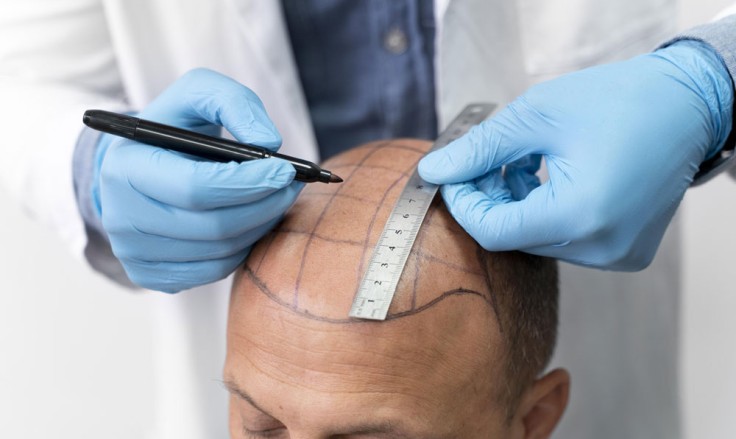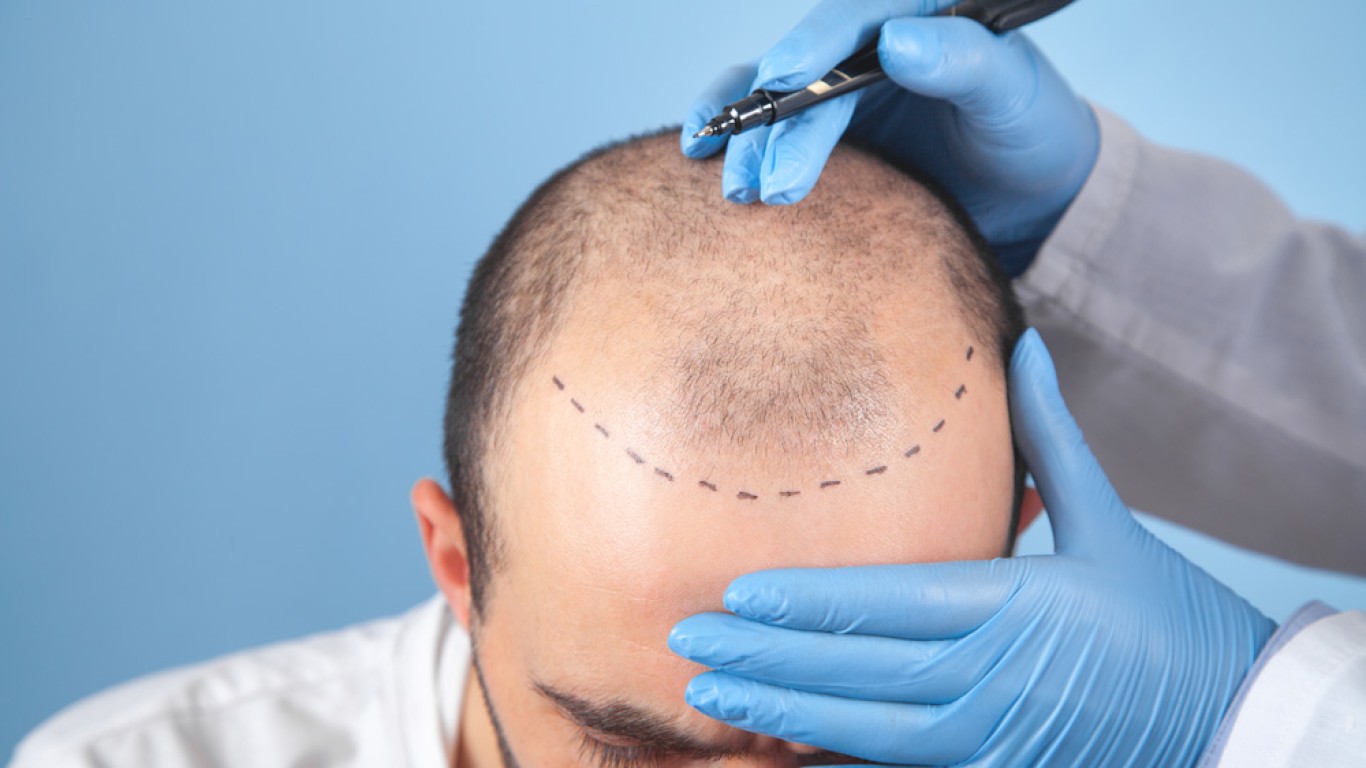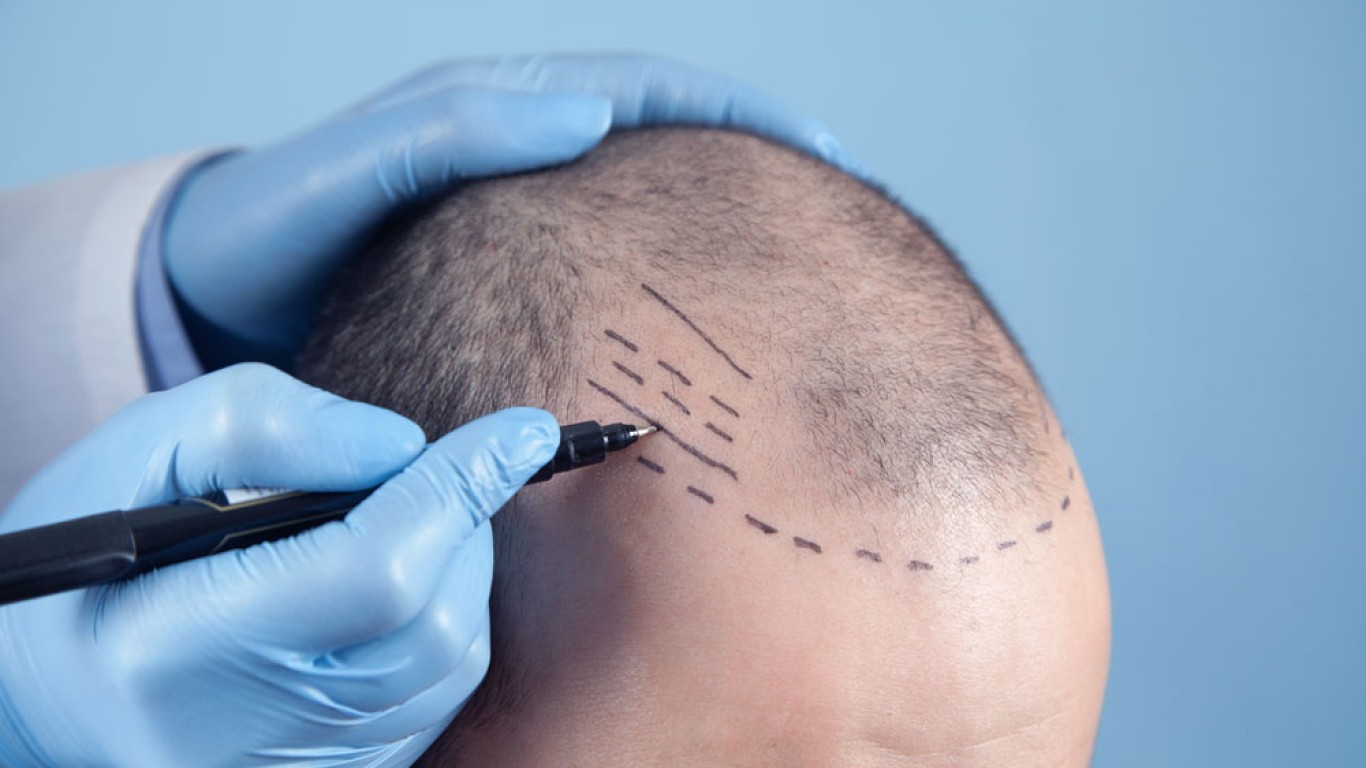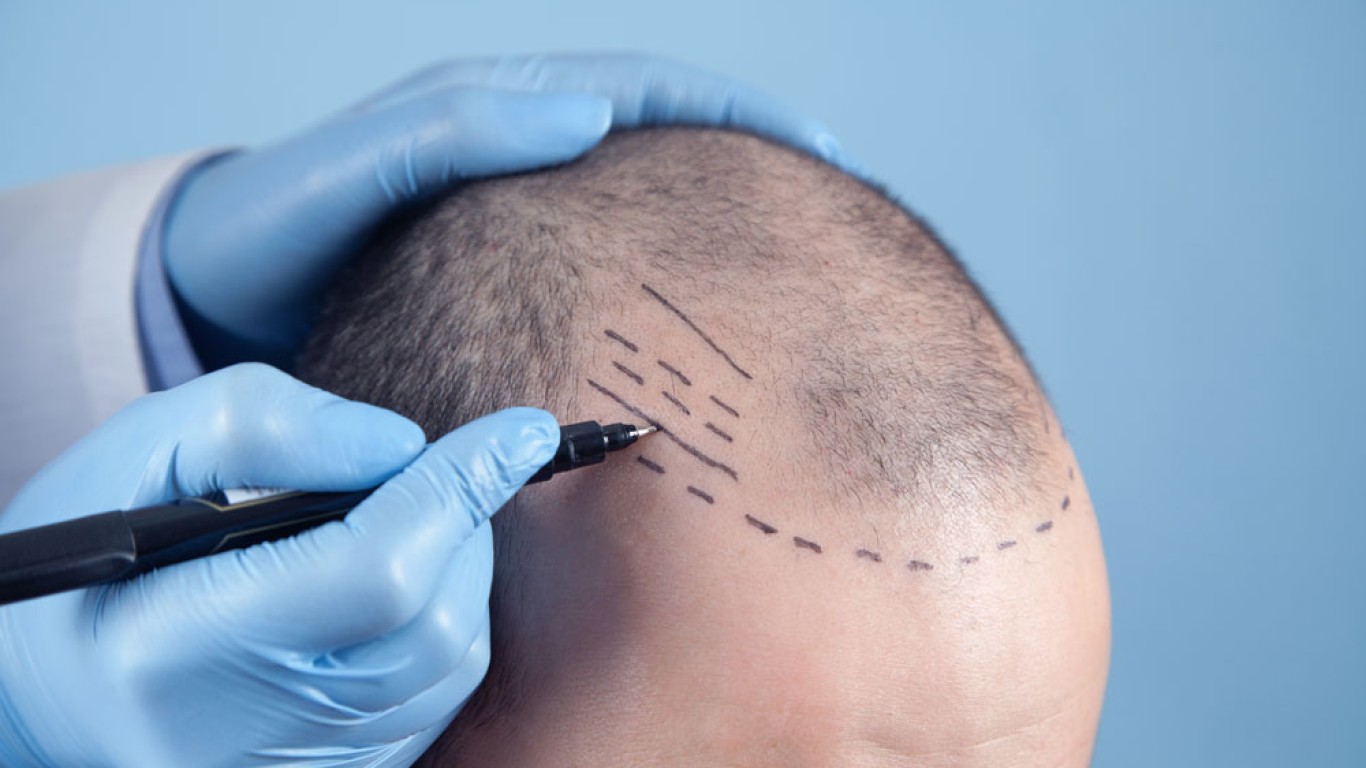Introduction
Hair loss can affect self-confidence and personal image. Fortunately, modern hair transplant methods offer reliable solutions. Among the most popular are FUE (Follicular Unit Extraction) and DHI (Direct Hair Implantation). Both techniques offer natural-looking outcomes, but which delivers better density? Understanding the differences between these two approaches can help you choose the right path. This article explores how FUE and DHI compare when it comes to restoring hair density and achieving satisfying long-term results.
What Is FUE Hair Transplant?
FUE involves extracting individual hair follicles from a donor area. This is usually the back of the scalp. Each follicle is removed using a micro-punch tool, creating tiny circular incisions. Afterwards, these grafts are implanted into the recipient area where hair loss is visible. Unlike older strip methods, FUE leaves minimal scarring and allows quicker recovery. Moreover, because the follicles are selected one by one, surgeons can ensure high precision. This meticulous technique allows for natural growth patterns and good density when done by a skilled team.
What Is DHI Hair Transplant?
DHI is a modified version of FUE. It also involves extracting follicles individually. However, what makes it different is the implantation process. In DHI, follicles are implanted directly into the scalp. This is done using a special tool called a Choi pen. This device allows the surgeon to control angle, direction and depth in a single motion. Because the grafts are placed faster, they spend less time outside the body. Theoretically, this improves survival rates. DHI is also known for giving high precision, especially along hairlines and temple areas.
FUE vs. DHI: Which Technique Gives Better Hair Density?
When it comes to density, the answer depends on various factors. Generally, both FUE and DHI can produce dense results. However, DHI offers better control over spacing, angle and depth. This can lead to denser packing in smaller areas, especially around the hairline. That said, FUE can also provide impressive density, particularly for larger bald areas. FUE allows the surgeon to harvest more grafts in one session. This means it may be better for covering extensive loss. Additionally, the outcome depends on the surgeon’s skill. A trained specialist using FUE can achieve better results than an inexperienced one using DHI.
Is FUE More Suitable for Large Areas?
Yes, FUE is often preferred for treating larger bald patches. Surgeons can extract and implant thousands of grafts over several hours. Furthermore, because the extraction is spread out, it doesn’t overly stress the donor region. Also, FUE can be completed in multiple sessions if needed. This flexibility makes it ideal for those with advanced hair loss. The surgeon can plan strategically to maximise coverage and density over time. Moreover, patients seeking full-head restoration may benefit more from FUE’s volume capability than DHI’s precision.
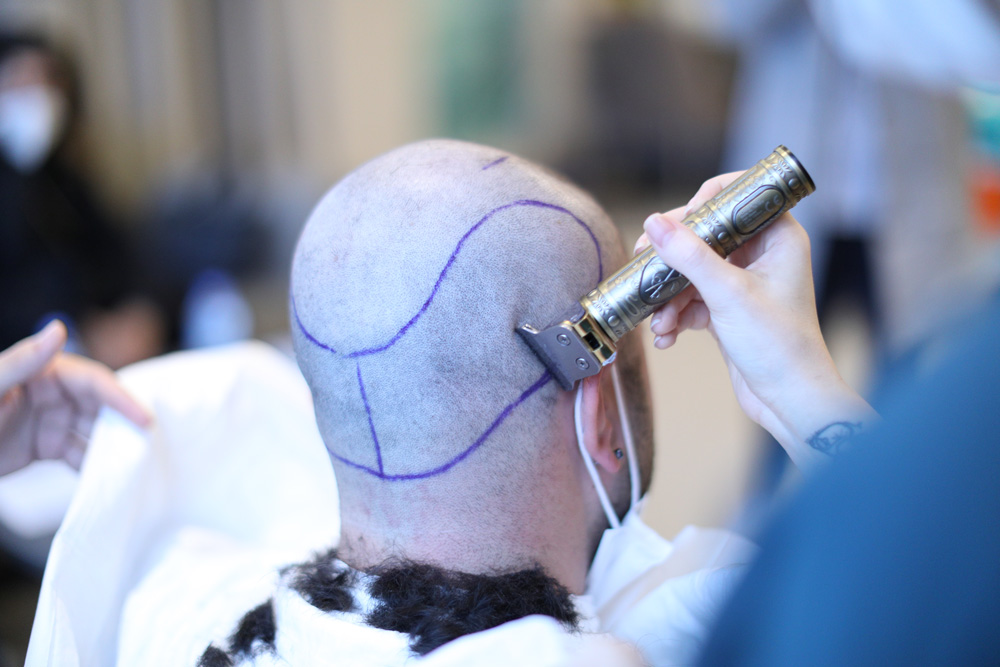
Does DHI Offer More Natural Results in Small Areas?
Indeed, DHI shines when it comes to restoring smaller or delicate areas. Its specialised tool enables precise angling and direction for each graft. This is crucial when designing the frontal hairline or eyebrows. Additionally, because the grafts are implanted immediately, there’s less risk of follicle dehydration. This potentially increases graft survival and growth rates. The result is often denser, more natural hair in focal areas. If your primary concern is filling out a receding hairline or temples, DHI might be the better choice.
FUE vs. DHI: What About Scarring and Healing Times?
Both FUE and DHI involve minimal scarring. The extraction in both methods uses tiny punches, which heal with little visible trace. However, DHI may cause slightly less trauma during implantation. This can lead to faster healing for some. Still, FUE’s recovery is generally straightforward. With proper aftercare, most patients return to daily activities within a week. Swelling and redness fade within 10–14 days. Shedding of transplanted hairs is a normal part of the process. Regardless of the method, following your surgeon’s aftercare instructions is vital for optimal density.
FUE vs. DHI: Which Method Takes Longer?
DHI procedures can take longer due to the precision of implantation. Each follicle is carefully placed using the Choi pen, which demands focus and time. Sessions may last several hours, especially for 2,000 or more grafts. FUE may be quicker overall for larger sessions. Since implantation is done using forceps after pre-made incisions, the pace can be faster. However, FUE can also involve longer extraction times depending on the number of grafts. Patients should plan for a full day regardless of the technique. This is particularly true if you’re seeking maximum density.
FUE vs. DHI: What Role Does Hair Type Play?
Hair type significantly influences which method works best. Thick or curly hair can create the illusion of higher density. In such cases, FUE might be sufficient for excellent results. People with fine or sparse donor hair may benefit from DHI’s precise placement. Density is harder to fake with thin hair. Consequently, the method that allows tighter spacing could offer an edge. During consultation, the surgeon will assess your hair’s texture, thickness and scalp condition. Then, they’ll recommend the method most likely to meet your goals.
Cost Comparison Between FUE and DHI
DHI is typically more expensive than FUE. The use of specialised tools and the longer procedure time drive up costs. Moreover, because DHI is still newer, fewer clinics offer it, adding to exclusivity. FUE, being more widely available, is often more budget-friendly. It’s also possible to find skilled surgeons in Istanbul and other regions offering competitive rates without compromising quality. Is budget a key concern or do you need large areas covered? FUE may be more practical. However, if precision and subtlety matter more, DHI may justify the extra investment.
Making the Right Choice for You
Ultimately, the choice between FUE and DHI comes down to individual goals. If your priority is maximum density in a large area, FUE could be better. You may want precise hairline work or denser packing in small zones. In this instance DHI may be more suitable. Additionally, personal factors like age, lifestyle, hair characteristics and expectations all matter. A trusted clinic will guide you through these considerations during consultation. It’s important not to focus solely on the technique. The surgeon’s expertise, clinic hygiene, and pre/post-op care matter just as much.
Conclusion
FUE and DHI both offer impressive, natural-looking results. DHI may offer slightly denser packing in certain areas. However, FUE remains a reliable choice for covering larger regions. The best outcomes come from choosing the right method for your needs, guided by a qualified surgeon.
For more information and to book a consultation visit the ACIBADEM Beauty Center hair transplant page.
Frequently Asked Questions
Both heal quickly, but DHI may involve less trauma during implantation, aiding faster recovery.
Both procedures are performed under local anaesthetic and involve minimal discomfort.
New hair typically starts growing at 3 months, with full results seen by 12 months.
Yes, most patients return to work within a week after either method.
Possibly. If large areas are treated or if density goals aren’t fully met, a second session may help.
